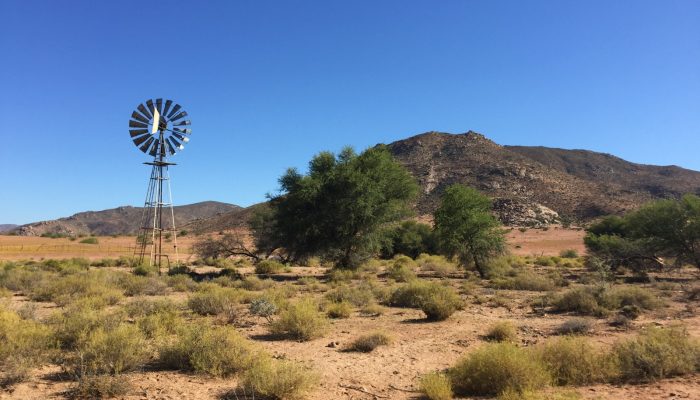
Post by Jared van Rooyen, MSc candidate in Earth Science at Stellenbosch University, in South Africa.
Part one of three in a Crowdfunding Science series by Jared.
___________________________________________________________
When my supervisor, Dr Jodie Miller, suggested to me last year that we should look at crowdfunding as a way to potentially to fund my master’s project, I had no idea of what I was about to get myself into. All through my honours year I was not really interested in doing further postgraduate study. She kept warning me that I might change my mind and that I should apply for funding “just in case”. But I was sure of my position. And then, as I started the final five weeks of my honours year, I finally got to focus 100% on my research project. Suddenly, as I focused in on my data, all the possibilities started to leap out at me. I went from a BSc (Hons) student, who was not considering continuing my postgraduate studies at all, to someone who is passionate about water resource research and continuing my postgraduate career. This is apparently common amongst postgraduate students in science, who become exponentially more immersed in their field of study as they realise that their work isn’t just numbers and experiments, but has significant real world applications.
Once I had committed – there was no turning back. The learning curve for mounting a successful crowdfunding campaign is steep and slippery. As much as it is hard, stressful work it is also fulfilling, fun, and full of surprises. The biggest obstacle is one that most modern day scientists are confronted with already: How do I make my research attractive to people who don’t have years of passion invested in my work?
Well, the answer is not simple.
I have completed a wide variety of modules in my tertiary studies but none in any forms of multi-media marketing skills. So naturally, when I had this crowdfunding campaign in front of me, I was so far out of my comfort zone that I felt like a geologist at a slam poetry evening. After numerous conversations with my peers who had experiences in marketing and graphic design, I had gathered a basic understanding of the inner workings of the unfathomably enormous media machine.
From the very first day I arrived back at the University in Stellenbosch I was drowning in ideas and administration. Setting up the social media accounts alone was a mission. Little did I know that running a social media campaign takes days and even weeks of preparation and planning each public post, including the post’s time, target market, outcome goals, and context. Each post on each platform had to be vetted and boosted appropriately. I was genuinely missing the late nights combing through complicated scientific articles and pounding through textbooks.
Making the campaign video was by far the hardest but definitely the most fun part of the process. The hours and hours of footage I have of retakes and drone videos culminated in, what I believe, is the pinnacle of my creative career (which is minuscule).
About a week before the initial launch date, we ran into some red tape within the University. Naturally, as someone who has never done anything more than post a couple photos of rocks on Instagram, I had no idea that a project like this needed to go through a number of stages before being approved by the university (which included: legal, ethics, corporate, marketing, and the faculty itself). A couple of panic-ridden meetings and documents later, we were ready for lift off, although a week later than originally planned.
As a geologist, I am not afraid of hard work, so engulfing myself in learning as much as I could in the little time I had came more naturally. What was most intimidating though, was the thought of putting myself and what I am passionate about out there. Publicly declaring the fact that what I wanted to achieve was not funded was daunting at first, but in time became a revelation in self-awareness and that asking for help is more constructive than admitting defeat.
I believe that postgraduate crowdfunding may prove to be invaluable in the future of students that have all the potential but their projects remain unfunded. Not only does it allow for the financial security of your project, but it attracts people that are interested in your field to you and to your work. The most significant consequence of this crowdfunding approach is that when you graduate, you already have a network of people in the industry that know who you are and know of your potential.
The crowdfunding campaign was completed in early April of 2017. In the next blog I will talk about what worked and what didn’t work, who pledged funding and how did we reach them.
___________________________________________________________
Jared van Rooyen is an MSc student at the University of Stellenbosch in South Africa. His primary field of interest is in isotope hydrology with major applications in groundwater vulnerability and sustainability. Other research interests include postgraduate research funding solutions and outreach as well as scientific engagement with the use of modern media techniques.
Check out Jared’s (and research group’s) thundafund page here.



